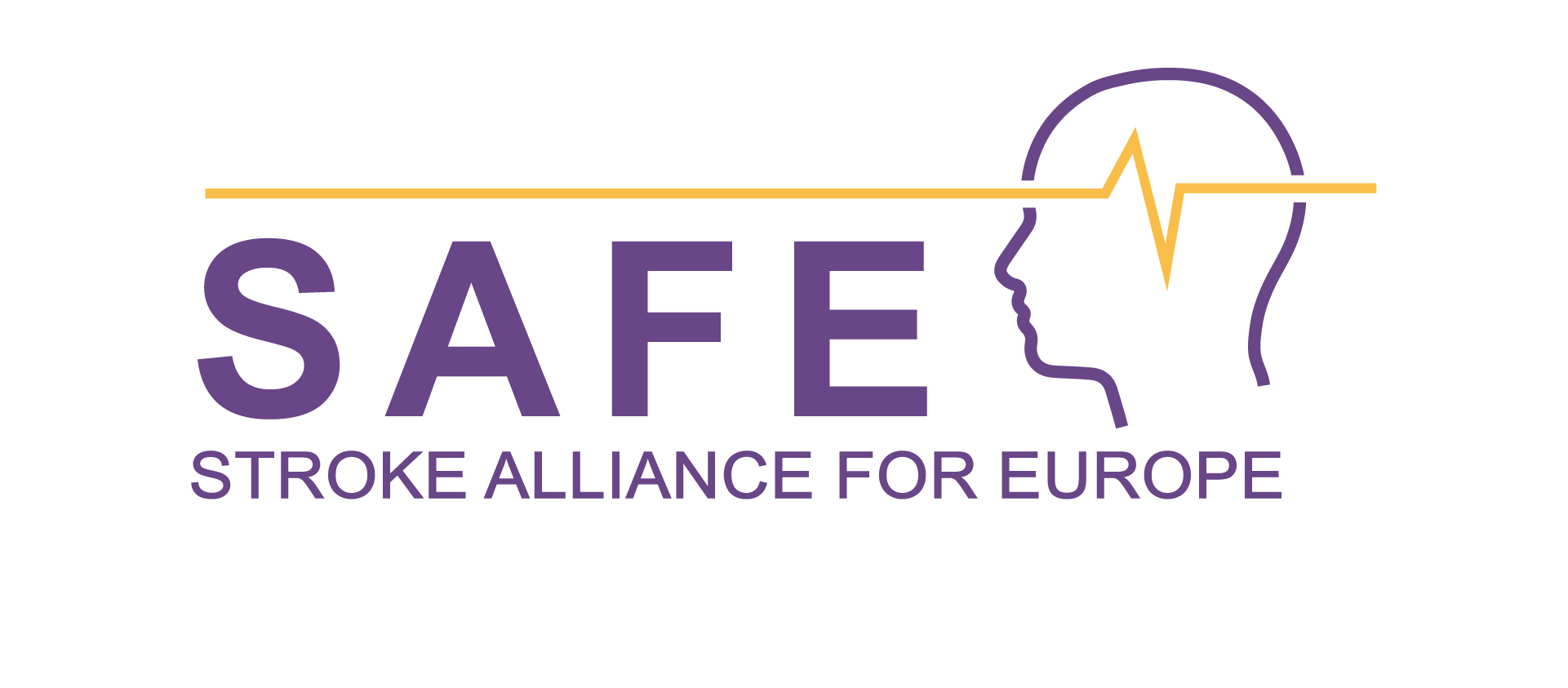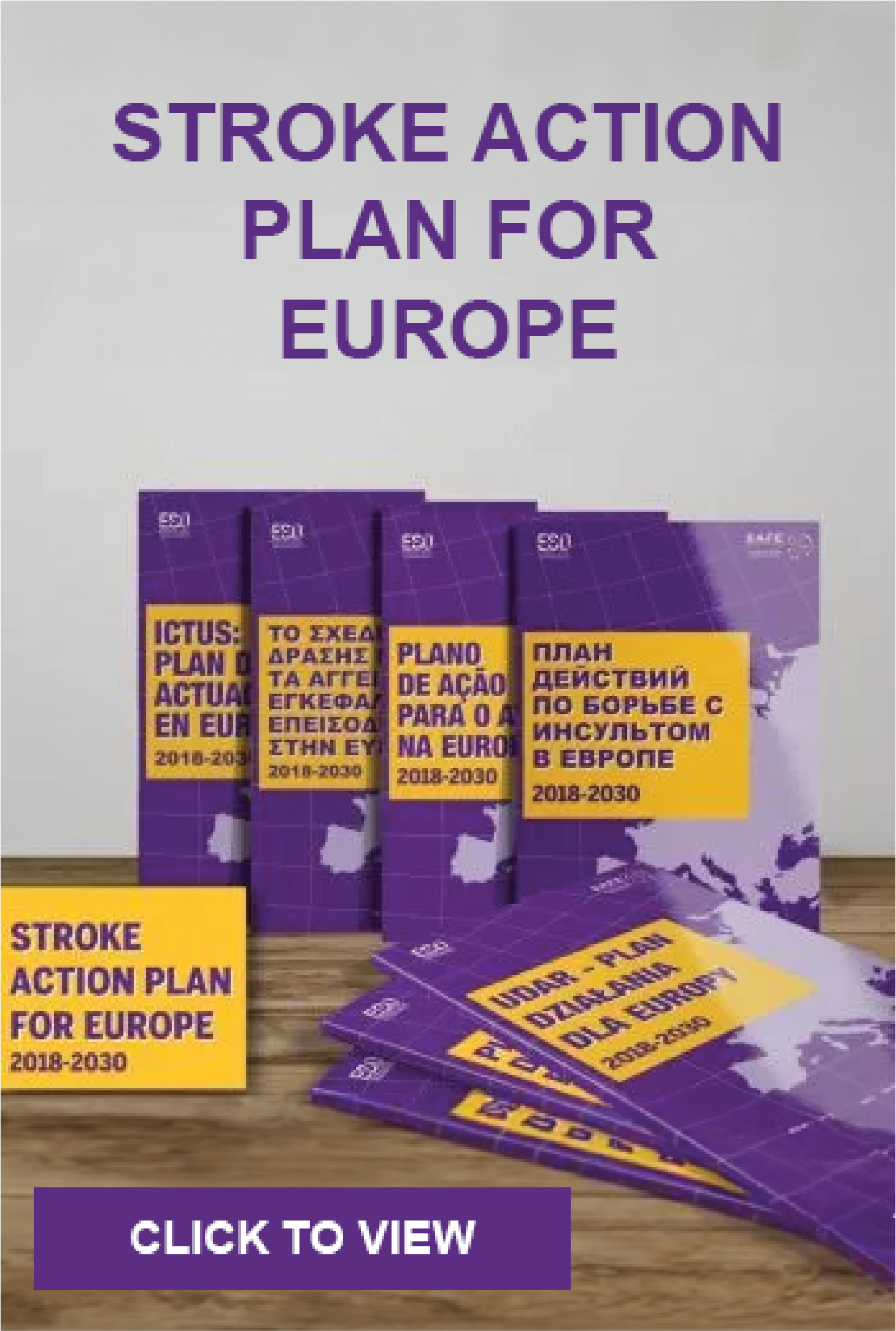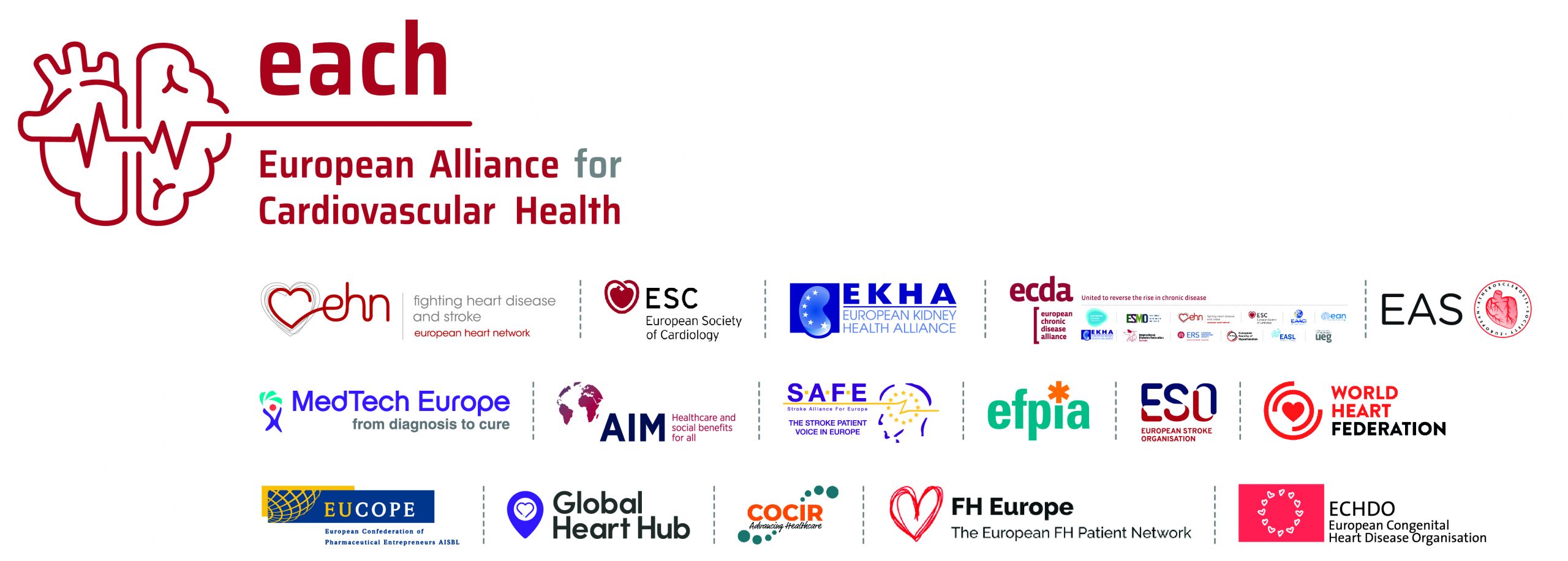
Nov 2, 2021
EACH brings together the leading health organisations, including SAFE, with an interest to promote policy action and investment to improve the cardiovascular health of European citizens.
EACH submitted a proposal to the Commission for a Joint Action on secondary prevention of cardiovascular disease for the EU4Health 2022 work programme. Secondary prevention helps to detect cardiovascular disease at an early stage, for example, through targeted screening in risk groups. By diagnosing at an early stage and ensuring appropriate referral and treatment, further development of the disease can be halted, helping to reduce morbidity and mortality. The EU4Health Joint Action will support Member States and the EU to raise awareness of the disease, improve data collection, share best practices and identify measures to promote secondary prevention.
Find out more at cardiovascular-alliance.eu/each-welcomes-the-eu-commission-eu4health-programme/
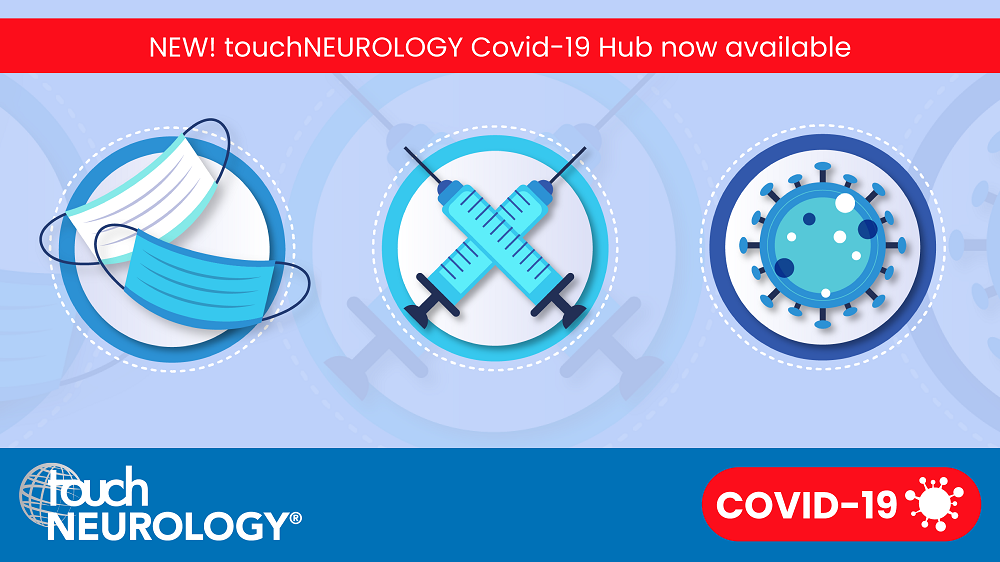
Nov 2, 2021
The Hub aims to provide health professionals with concise and practical information on both the treatment of COVID-19 and the impact on non-COVID-related care.
Click on the COVID HUB links - touchCARDIO COVID Hub and touchNEUROLOGY COVID Hub - to find the content most relevant to you.
New content is being uploaded regularly.
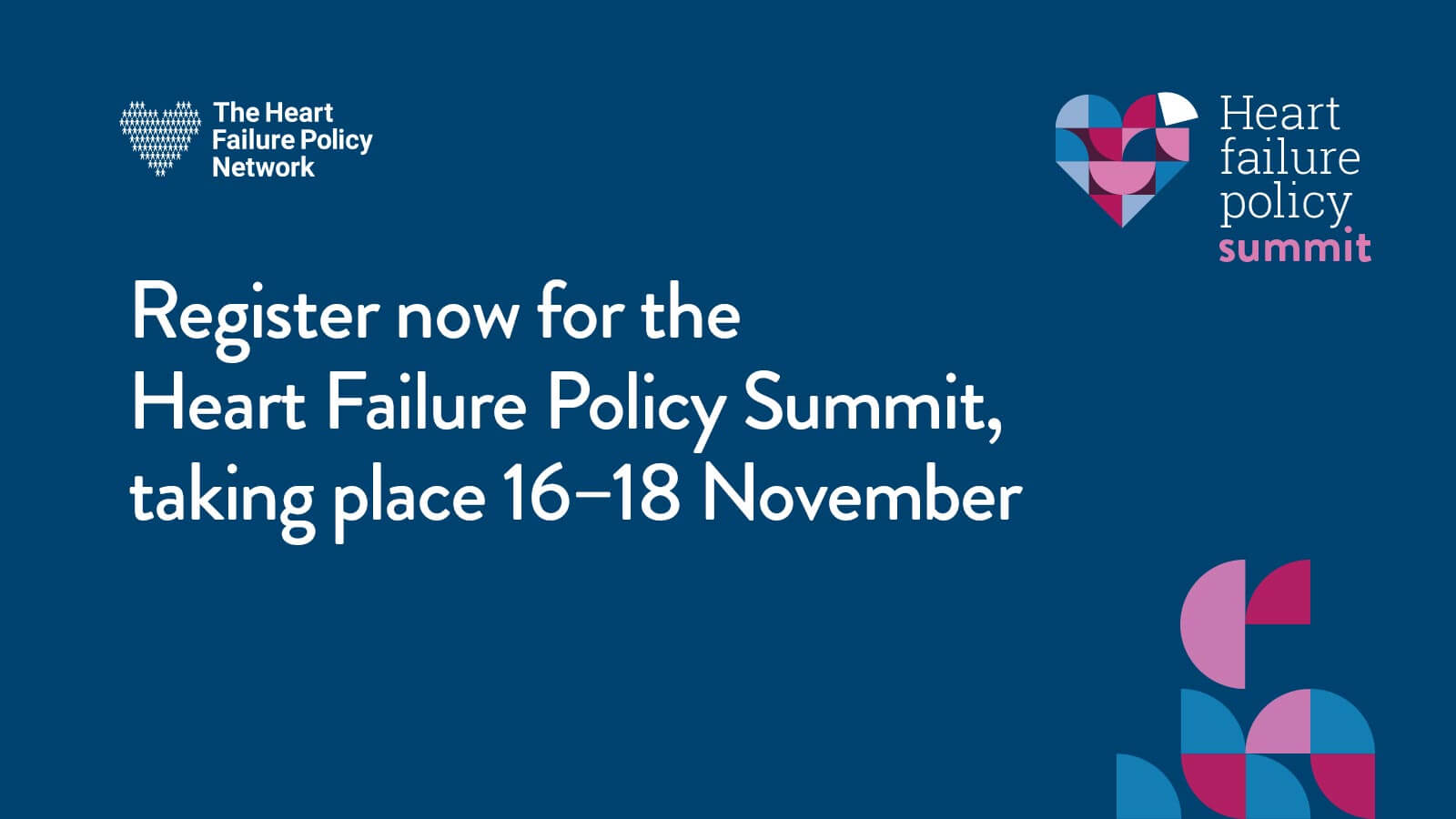
Nov 2, 2021
The inaugural Heart Failure Policy Summit, takes place from 16 to 18 November 2021.
The free, online summit will bring together patient advocates, healthcare professionals, clinical leaders, policymakers and other key figures in system transformation.
It aims to empower heart failure leaders and advocates to take action and engage decision-makers in their respective countries.
To register click here
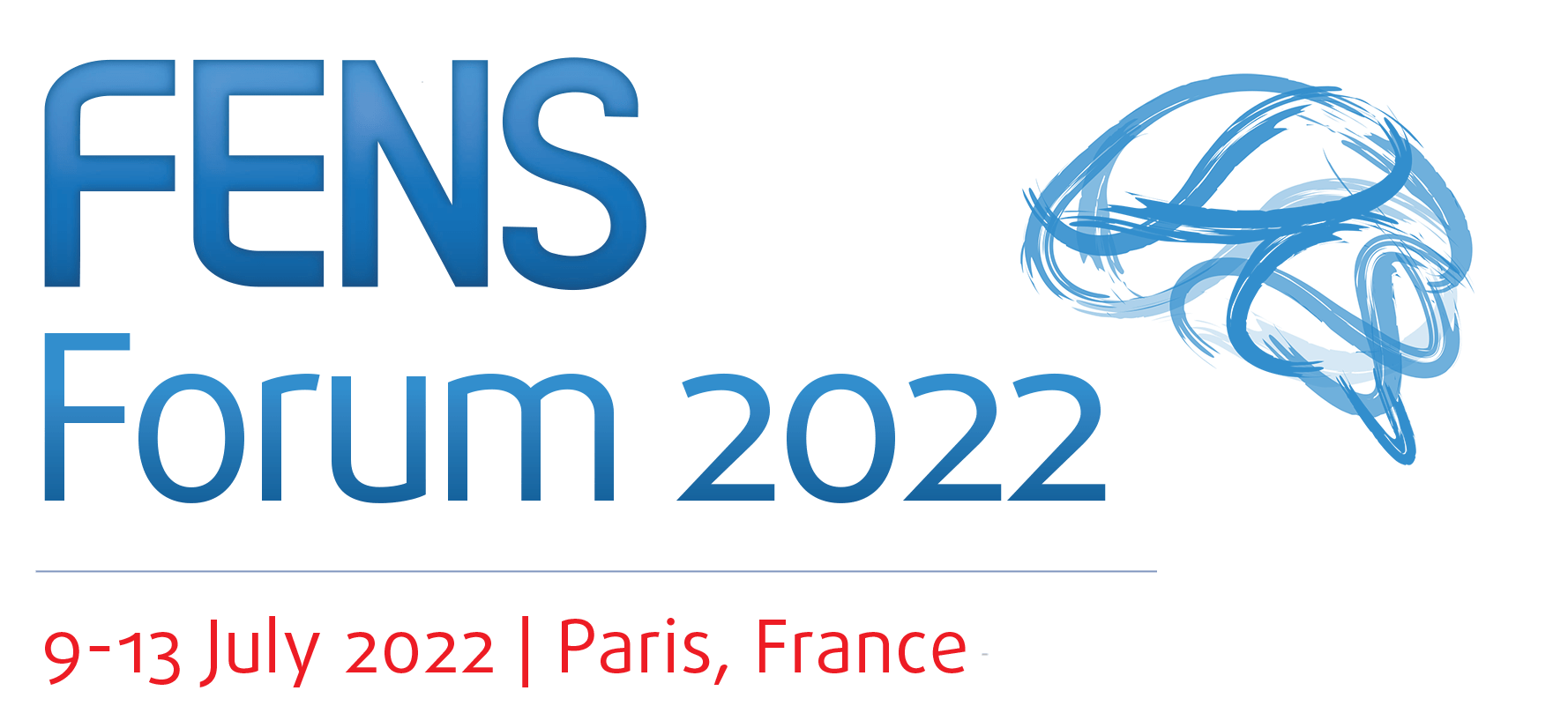
Nov 2, 2021
Europe’s largest international neuroscience conference, covering all domains in modern brain research from basic to translational research will be held in Paris between 9 and 13 July 2022.
Find out more at https://forum.fens.org/.
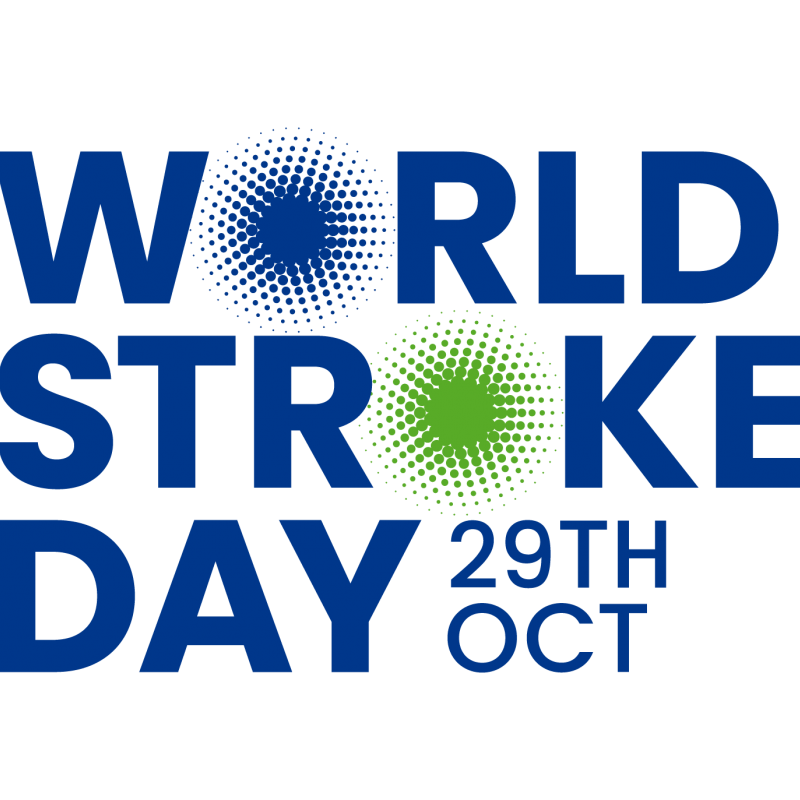
Oct 26, 2021
On World Stroke Day, the World Stroke Organisation is organising several events you might want to be involved in.
It isn’t too late to register for the WSO congress 28-29 October. Arlene Wilkie, our Director General, will be speaking on the 28th. Register: here
Join the World Stroke Day panel discussion at 3pm CET: No time to waste! Saving lives and reducing disability by accelerating worldwide access to acute stroke treatment.
Every minute from the onset of stroke to treatment contributes to a loss of brain function and increases the probability of long-term impairment, disability and death. For governments, every year that goes by without action ramps up the social and economic impact of stroke.
Improving outcomes requires effort on all front but improvements are possible, even in the most challenging circumstances. This event will bring together leaders from patient, policy and industry to discuss opportunities and challenges to save #Precioustime and deliver access to quality stroke care for all.
With panel moderator Rageh Omaar, ITV Global Health Correspondent, stroke survivor and Gold Medal Olympian, Michael Johnson and Sheila Martins World Stroke Organization President-elect, World Stroke Campaign and WHO, NCD expert Slim Slama.
Register here
Save #Precioustime
Support the global drive on World Stroke Day in to raising awareness of stroke symptoms and the importance of saving #Precioustime.
Create Your Personal World Stroke Day Message with the social media post builder.
Share this video to help promote the message that acting FAST is important as minutes can save lives
Minutes Save Lives – know the signs, say its a stroke and save #Precioustime

